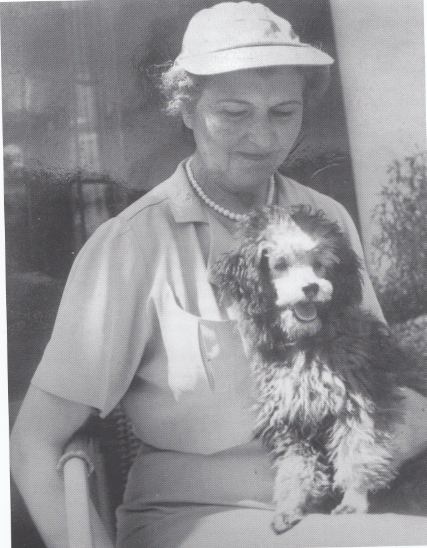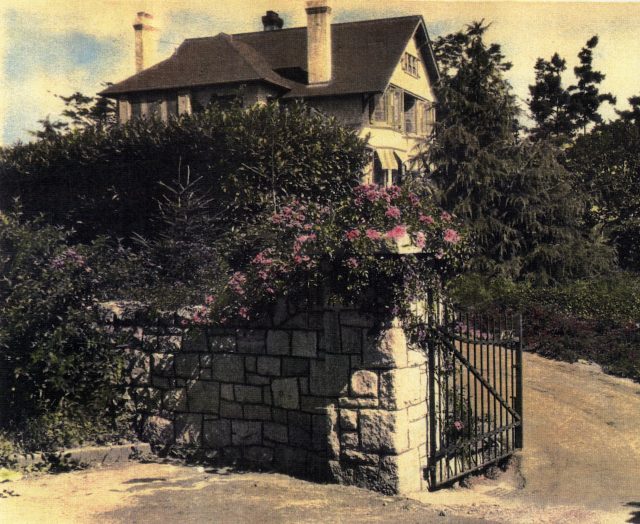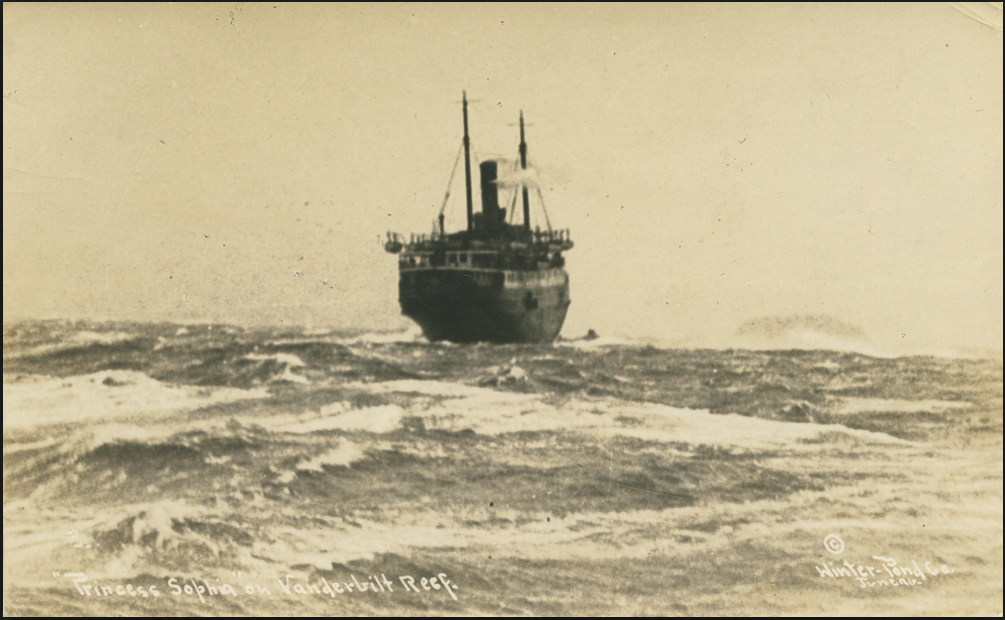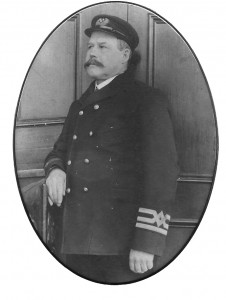To mark the anniversary of the sinking of the Titanic, this week’s blog is a story about Mabel Fortune Driscoll who survived the disaster, moved to Victoria and lived there until her death in 1968. The full story appears in Sensational Victoria.
Mabel Helen Fortune was 23 when she set off for a tour of Europe with her father Mark, mother Mary, younger brother, and two older sisters.
Charles, 19, had just graduated from high school and was planning to attend McGill University. Alice, 24, and Edith, 28, were shopping for bridal trousseaus for their upcoming weddings, and young Mabel had fallen in love with Harrison Driscoll, a jazz musician from Minnesota . Her father, a wealthy real estate speculator and city councillor from Winnipeg, disapproved of this potential son-in-law and thought an overseas trip might distract her.

The Fortunes were among 50 Canadians booked on the Titanic. At 11:40 pm on April 14, 1912 the ship hit an iceberg. As the ship started to take on water Mary and her three daughters were placed in Lifeboat 10 along with a “Chinaman, an Italian stoker, and a man dressed in woman’s clothing.” Of all the occupants of this lifeboat, only the stoker could row. Alice, Edith and Mabel took turns at the oars.
The women survived, but Mark, 64, and Charles were among the 1,500 people who died that night, their bodies never recovered.

Mark Driscoll, Mabel’s grandson and a West Vancouver realtor, said Mabel only talked to him once about the disaster when he was a teenager in the 1960s. “She started crying and just said that it was a horrible experience, that she remembered the last time she saw her father, and when she was out in the boat she was crying and calling for her father and for her brother,” he says. “She suffered from pretty severe depression, especially as she got older and she never wanted to talk about it.”
Alice married Charles Holden Allen, a lawyer, in June 1912; and in 1913 Ethel married Crawford Gordon, a banker and Mabel married Harrison. They had a son, Robert, but the marriage didn’t last. Mabel hooked up with Charlotte Fraser Armstrong, a widow with a young son from Ottawa. They moved to Victoria and bought the Francis Rattenbury–designed house at York Place and just under three acres of garden.

The house was already huge, but soon after buying it, Charlotte and Mabel hired Samuel Maclure to add another wing, build a balcony off the second-floor bedroom, extend the maid’s quarters, add two more bathrooms, design a large terrace with stone walls, a greenhouse, and an Olympic-sized swimming pool. In 1930, the house got another facelift when Charlotte and Mabel hired architects James and Savage to extend the dining room, and build a garage to hold two matching Cadillacs and quarters for the chauffeur.
Mabel and Charlotte’s sons were packed off to boarding school. Robert became a mechanical engineer and moved to Montreal.
Mark said when his grandmother and Charlotte came to visit; they stayed at the Ritz Carlton. And, even with all those rooms on York Place, when the family went out west to visit Mabel, they stayed at the Oak Bay Beach Hotel.
It wasn’t until after Charlotte’s death, and his father’s early retirement in 1965, that Mark and his family moved in with Mabel, Sing the Chinese cook, his bilingual budgie, and Madge, the long-time maid.
Mabel left the property to Robert, and the house stayed in the family until Mark’s mother sold in 1989. The house is still there, but the land was subdivided and now has an additional six houses on the property.
© All rights reserved. Unless otherwise indicated, all blog content copyright Eve Lazarus.




